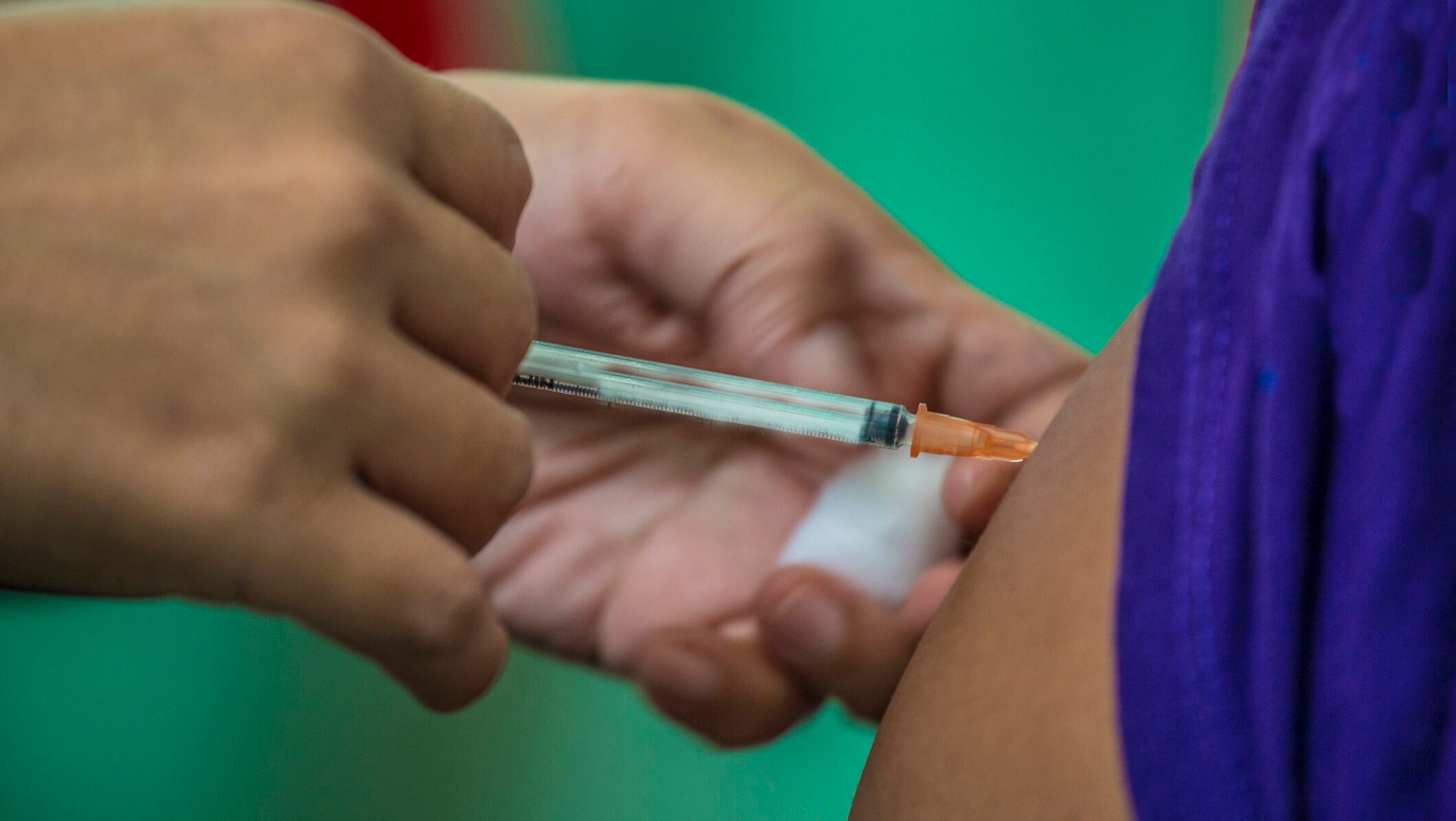Estimating investment needed to optimally combat HIV, TB, and malaria

Continued investments in the fight against HIV, tuberculosis (TB), and malaria could result in enormous health gains and a high return on investment, according to a new study.
The study was published July 3 in the Lancet. Harvard T.H. Chan School of Public Health co-authors included Nicolas Menzies, associate professor of global health; Stephen Resch, core faculty member at the Center for Health Decision Science; and Stephanie Su, research coordinator and analyst.
In 2015, the United Nations’ Sustainable Development Goals (SDGs) included a call for ending the HIV, TB, and malaria epidemics by 2030. Much progress has been made toward that goal, shepherded by the Global Fund to Fight AIDS, Tuberculosis and Malaria, an international organization that has worked since 2002 to raise funds from government, philanthropic, and private sources to combat the diseases. Now, with five years left before the SDGs deadline, the Global Fund is seeking continued support for its work.
“The significance of this moment is compounded by a rapidly evolving political and funding landscape, which demands a clear view of what can be achieved with continued investment,” the authors wrote.
The researchers used epidemiological and costing models to quantify the potential impact of further investments. They found that investing $140.6 billion to fight the three epidemics could save 23 million lives and avert 400 million cases and new infections during 2027-29; reduce inequality in life expectancy between countries by 7%; and avert 760 million health visits for untreated symptomatic disease. Considering the intrinsic value of health, the researchers estimated the return on investment to be as high as $19 for every $1 invested.
“Continued global investments in combatting HIV, tuberculosis, and malaria would produce major health improvements, with a high return on investment,” wrote the authors. “Substantial resources will be required to sustain these investments, requiring partnerships between the governments of affected countries, the Global Fund, and other sources of developmental assistance.”
Read the study: The case for optimal investment in combating HIV, tuberculosis, and malaria: a global modelling study


